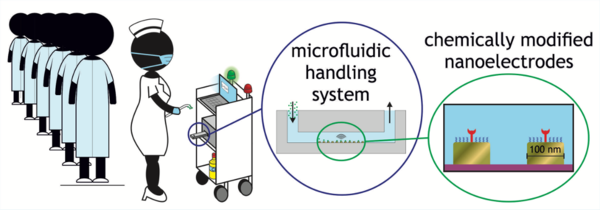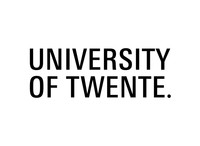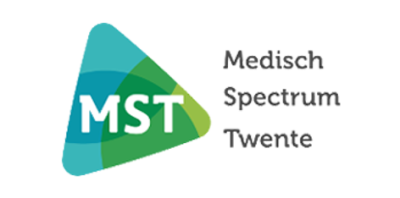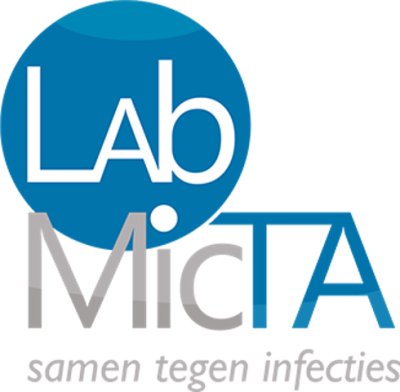Portable device for fast, reliable corona testing on the spot
In QoroNano, a fast and sensitive corona-test device will be developed that is so easy to use that it can be safely operated in a wide range of locations- e.g. hospital admission sites, nursing homes, schools or airports.
Current approaches to testing for (active) infection with the corona virus involve sending a sample to one of the few laboratories in the Netherlands that have the appropriate biocontainment facilities. This “rate-limiting step” drastically reduces the national capacity for testing. Intelligently coming out of the lockdown requires an efficient and decentralised testing routine which can immediately and reliably determine whether a person is infectious or not.
Using an automated microfluidic sample handling routine and a unique, state-of-the art nanotechnology-based sensing mechanism, the goal of QoroNano is to develop a system that is sensitive enough to detect low concentrations of virus particles in patient samples even shortly after infection. A nurse can operate the device after only minimal training, and the result is available within a few minutes.
The sensing system will be developed at the University of Twente in collaboration with ECsens B.V. It will include electrochemical nanosensors and a coating that attracts the virus while repelling other species in the sample. It will be integrated with a pumping system that controllably and reproducibly delivers the sample to the sensing array. The proof-of-concept will be established in the (Biosafety Level 2+) microbiology lab of LabMicTA using patient samples from Medisch Spectrum Twente (MST).